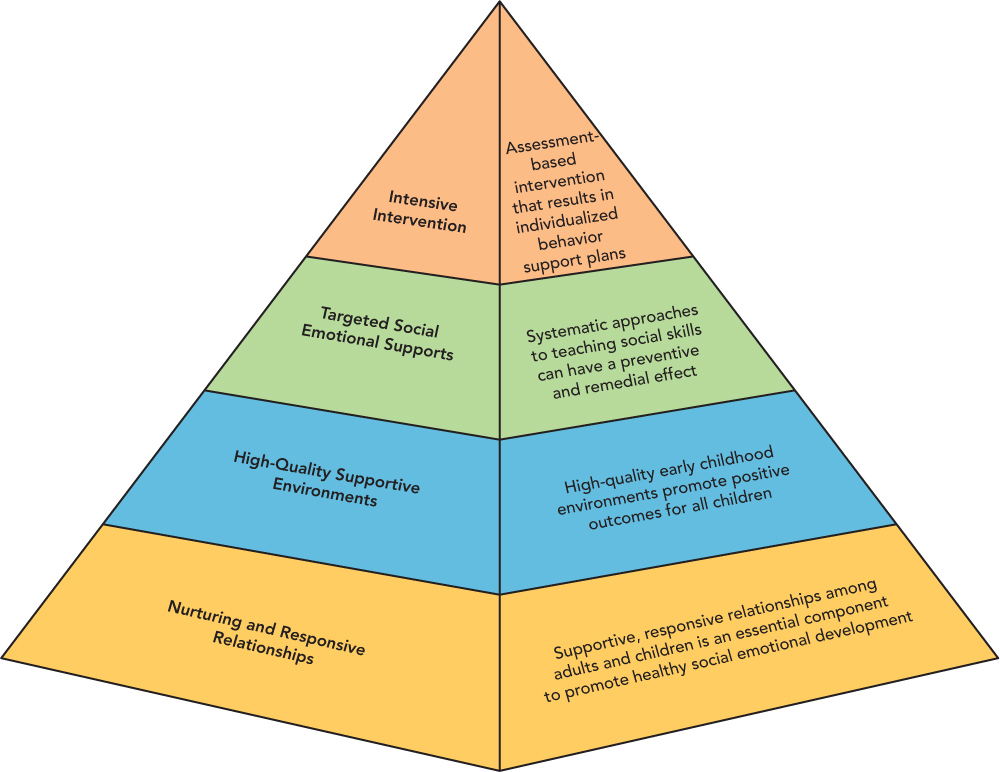Operations and Supply Management
Operations and Supply Management
ALL THE REFRENCES TO BE TAKEN FROM GOOGLE SCHOLAR.
An essay 1500 word limit.
You are required to research secondary information via a range of media sources (fully referenced) into the widely reported shortage of food grade carbon dioxide gas during the summer of 2018, specifically in the UK.
Your essay should investigate and evaluate the gas shortage on production, retailers and end users. Integrated within the essay you should fully referenced and apply academic theory and models from the module to explore and explain, by providing indicative evidence, which methods of supply management appear to be used.
In your judgement how could companies mitigate the risk identified above and reduce an adverse impact on the supply of their goods?
Guidance:
The purpose of this assignment is to enable students to understand how a materials shortage (perhaps a constituent element that is not widely considered as part of the product or process – in this case – a gas) impacts on the flow of goods. There are clear linkages to the theory from the module; the challenge is to recognise and explore the above situation from a supply chain management perspective.
Food grade carbon dioxide gas (CO2) failed to meet the production needs of numerous producers with a knock on effect for retailers during the summer of 2018. In the first instance you should identify any characteristics of this product – not too scientific, but issues related to packaging, storage, Health & Safety, this would identify any product specific characteristics. An internet search would enable you to identify the above.
Then undertake a search for published articles on the ‘crisis’, these may be newspapers, journals, television or the internet, from your reading select a suitable selection of cases that will enable the achievement of the task. Some sectors and companies have supplied significant information to warn consumers of potential shortages, these may be the best cases for you to investigate.
For the academic understanding, from your secondary research, what supply methods do you believe are being employed by the case operations you select? The focus here is for you to consider which theory and or models are suggested by the information you have gleaned, e.g. do they bulk buy for cost advantage, economies of scale. It is for you to assess the methods, support your judgement with evidence from the cases, e.g. if economies of scale are concluded the evidence may be a comment that the stock, in this case the CO2 gas, is bought on a quarterly or annual basis and held in stock to be used as needed. Remember the methods employed will likely have some form of trade-off which you ought to consider.
Finally, given that the shortage occurred and had an adverse impact on some products, how could operations avoid this in future? This should be linked to the trade-offs identified above. Be aware you need to consider that operations will normally be seeking the most effective, efficient and economic methods of production and supply. There is no right answer to this; the task requires a reasoned and well-presented justification of the method that you would advise.
A conclusion is required, as is a reference list.
You are advised that graphs are a valuable method of presenting your data and identifying patterns, you may use these as appropriate throughout the report.
PLEASE BE AWARE that you have not been in formal contact with the module since your exam in January 2019. You are advised to refer to the lecture notes and read the appropriate chapters of your text book before you start researching the secondary research information, this will assist in your analysis – help to locate the salient information.
All assignments will be checked for plagiarism via our online program safe-assign. This program covers not only published material but all previous on-line assignment submissions.
The word limit will be strictly adhered too, markers will stop reading and therefore awarding marks at exactly 1500 words. You are advised to not go over this limit as your efforts will not be rewarded.
Please copy and paste the feedback form below to your assignment, convention being to locate this form at the beginning of your assignment, before the title page.
Assignments that cannot be opened will automatically be awarded a 0.



